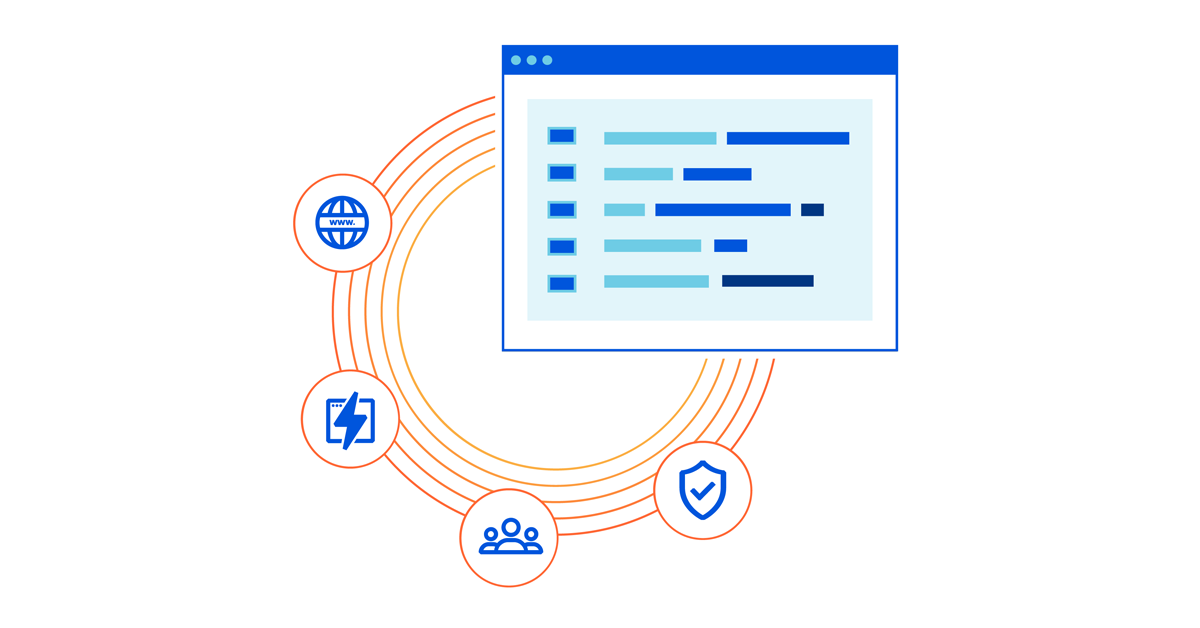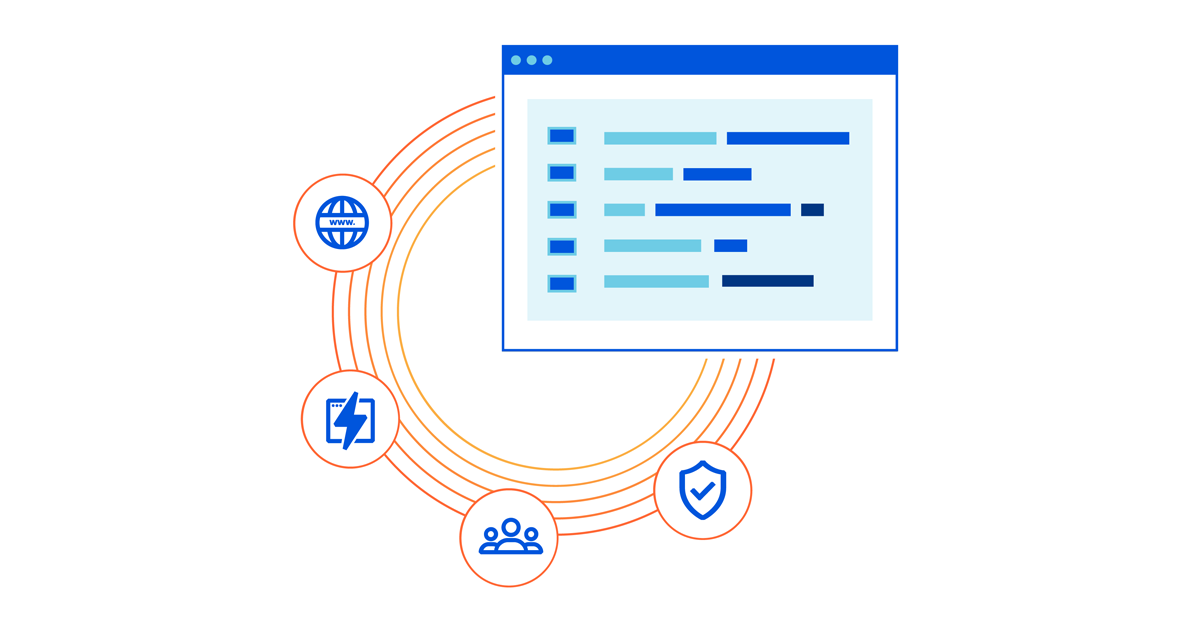The Process Will Save You

I had the opportunity to chat with my friend Chris Marget (@ChrisMarget) this week for the first time in a long while. It was good to catch up with all the things that have been going on and reminisce about the good old days. One of the topics that came up during our conversation was around working inside big organizations and the way that change processes are built.
I worked at IBM as an intern 20 years ago and the process to change things even back then was arduous. My experience with it was the deployment procedures to set up a new laptop. When I arrived the task took an hour and required something like five reboots. By the time I left we had changed that process and gotten it down to half an hour and only two reboots. However, before we could get the new directions approved as the procedure I had to test it and make sure that it was faster and produced the same result. I was frustrated but ultimately learned a lot about the glacial pace of improvements in big organizations.
Slow and Steady Finishes the Race
Change processes work to slow down the Continue reading
Five Great (free!) Ways to Get Started With Cloudflare


I joined Cloudflare a few weeks ago, and as someone new to the company, there’s a ton of information to absorb. I have always learned best by doing, so I decided to use Cloudflare like a brand-new user. Cloudflare customers range from individuals with a simple website to companies in the Fortune 100. I’m currently exploring Cloudflare from the perspective of the individual, so I signed up for a free account and logged into the dashboard. Just like getting into a new car, I want to turn all the dials and push all the buttons. I looked for things that would be fun and easy to do and would deliver some immediate value. Now I want to share the best ones with you.
Here are my five ways to get started with Cloudflare. These should be easy for anyone, and they’re free. You’ll likely even save some money and improve your privacy and security in the process. Let’s go!
1. Transfer or register a domain with Cloudflare Registrar
If you’re like me, you’ve acquired a few (dozen) Internet domains for things like personalizing your email address, a web page for your nature photography hobby, or maybe a side business. You Continue reading
Ubuntu: Extend your default LVM space
POV: You’re a sysadmin who set up a one-off Linux machine for an app you needed, and now it’s out of disk space. You originally spun up a VM, installed a recent Ubuntu OS, and just hit Next, Next, Finish through the guided install. Linux is not your bread-and-butter, you usually deal in Windows, and […]
The post Ubuntu: Extend your default LVM space appeared first on Packet Pushers.
NANOG 83
The network operations community is cautiously heading back into a mode of in-person meetings and the NANOG meeting at the start of November was a hybrid affair with a mix of in-person and virtual participation, both by the presenters and the attendees. I was one of the virtual mob, and these are my notes from the presentations I found to be of personal interest.Research Recap: How To Automate Malware Campaign Detection With Telemetry Peak Analyzer
Contributors: Jason Zhang, Stefano Ortolani, Giovanni Vigna
Cyber security threats have been growing significantly in both volume and sophistication over the past decade with no sign of a slowdown. Naturally, this has also been accompanied by an increased collection of threat telemetry data, ranging from detonation timelines to IDS/IPS detections. Telemetry data, typically represented by enriched time series, often contains underlying peak signals which in turn correspond to a few informative events: occurrences of malware campaigns, heavily used malware delivery vectors, commonly affected verticals, and even anomalies possibly revealing the presence of false positives. While all this information clearly holds tremendous value, mining these data sets can be expensive and complex. As a result, organizations often find it challenging to gain further insights of the underlying threat landscape even though they have access to the data.
Recently at VirusBulletin Threat Intelligence Practitioners’ Summit (TIPs) 2021, we presented our latest research aiming to tackle the challenges discussed above: Telemetry Peak Analyzer is a statistical approach to detect malware campaigns as they happen by relying on telemetry data in an efficient and scalable manner.
Read on to get the key insights of the presentation. We’ll provide an overview of the characteristics Continue reading
Getting Meta: Abstracting And Multisourcing The Network Like An FBOSS
If you want to build the world’s largest social network, with 2.9 billion users, and the massive PHP stack that makes it into an application, you need a lot of infrastructure and you need it to arrive predictably. …
Getting Meta: Abstracting And Multisourcing The Network Like An FBOSS was written by Timothy Prickett Morgan at The Next Platform.
Hedge 108: In Defense of Boring Technology with Andrew Wertkin

Engineers (and marketing folks) love new technology. Watching an engineer learn or unwrap some new technology is like watching a dog chase a squirrel—the point is not to catch the squirrel, it’s just that the chase is really fun. Join Andrew Wertkin (from BlueCat Networks), Tom Ammon, and Russ White as we discuss the importance of simple, boring technologies, and moderating our love of the new.
Cloud Hyperscalers and CSPs: The Time to Collaborate is Now
Benefits of hyperscaler partnerships include expediting time to market for new services and access to the developer ecosystem and community.European Bank Sees Path to ‘Fastest AI Supercomputer’
While Hungarian banks with collective names like OTP Group might not have household recognition here in the U.S., …
European Bank Sees Path to ‘Fastest AI Supercomputer’ was written by Nicole Hemsoth at The Next Platform.
Automating execution environment image builds with GitHub Actions
Ansible Automation Platform 2 leverages containers dubbed automation execution environments which bundle in collection, python and platform dependencies to provide predictable, self-contained automation spaces that can be easily distributed across an organization.
In addition, Red Hat Ansible Automation Platform introduced tools such as execution environment builder, used to create execution environments, and automation content navigator, used to inspect images and execute automation within execution environments. These tools themselves are also highly automatable and can be included in workflows to automatically generate environments to support the execution of automation throughout the organization.
For this demonstration, let's cut to film where I’ll walk through a demo scenario and verify along the way that we’re on the right track. Additionally, you can fork the repository for your own proof of concept.
Where to go next
- If you’re ready to get hands-on, we have self-paced interactive labs available to explore new Ansible Automation Platform 2 technologies.
- If you are a Red Hat customer, please visit the Ansible Automation Platform 2 landing page in the Red Hat Customer Portal that consolidates all our documentation and guidance available to you.
- Please reach out to your local Red Hat representative to assist your organization Continue reading
Non-Stop Routing (NSR) 101
After Non-Stop Forwarding, Stateful Switchover and Graceful Restart, it’s time for the pinnacle of high-availability switching: Non-Stop Routing (NSR)1.
The PowerPoint-level description of this idea sounds fantastic:
- A device runs two active copies of its control plane.
- There is no cold/warm start of the backup control plane. The failover is almost instantaneous.
- The state of all control plane protocols is continuously synchronized between the two control plane instances. If one of them fails, the other one continues running.
- A failure of a control plane instance is thus invisible from the outside.
If this sounds an awful lot like VMware Fault Tolerance, you’re not too far off the mark.
Non-Stop Routing (NSR) 101
After Non-Stop Forwarding, Stateful Switchover and Graceful Restart, it’s time for the pinnacle of high-availability switching: Non-Stop Routing (NSR)1.
The PowerPoint-level description of this idea sounds fantastic:
- A device runs two active copies of its control plane.
- There is no cold/warm start of the backup control plane. The failover is almost instantaneous.
- The state of all control plane protocols is continuously synchronized between the two control plane instances. If one of them fails, the other one continues running.
- A failure of a control plane instance is thus invisible from the outside.
If this sounds an awful lot like VMware Fault Tolerance, you’re not too far off the mark.
EVE-NG Add Extrahop Appliances
I recently started working with Extrahop and wanted to make some labs to understand the product portfolio. I have EVE-NG already setup as a lab platform so I decided to build the labs on that. Extrahop VMs do not have an EVE-NG template out of the box. In this post I will show you how...continue reading
We’ve just published a book on container and cloud-native application security and observability
We are excited to announce the release of our O’Reilly book, Kubernetes security and observability: A holistic approach to securing containers and cloud-native applications. The book, authored by Tigera’s Brendan Creane and Amit Gupta, helps you learn how to adopt a holistic security and observability strategy for building and securing cloud-native applications running on Kubernetes.
Security practitioners are faced with a wide range of considerations when securing, observing, and troubleshooting containerized workloads on Kubernetes. These considerations range from infrastructure choices and cluster configuration to deployment controls and runtime and network security. Although securing cloud-native applications can be a daunting task, our book will give you the knowledge and confidence you’ll need to establish security and observability for your cloud-native applications.
 In 11 chapters, the book covers topics relevant to containers and cloud-native applications in detail, including:
In 11 chapters, the book covers topics relevant to containers and cloud-native applications in detail, including:
- Infrastructure security
- Workload deployment controls and runtime security
- Network policy
- Managing trust across teams
- Exposing services to external clients
- Encryption of data in transit
- Threat defense and intrusion detection
- And more…
After reading the book, you’ll have gained an understanding of key concepts behind security and observability for cloud-native applications, how to determine the best strategy, and which technology choices are available to support Continue reading
